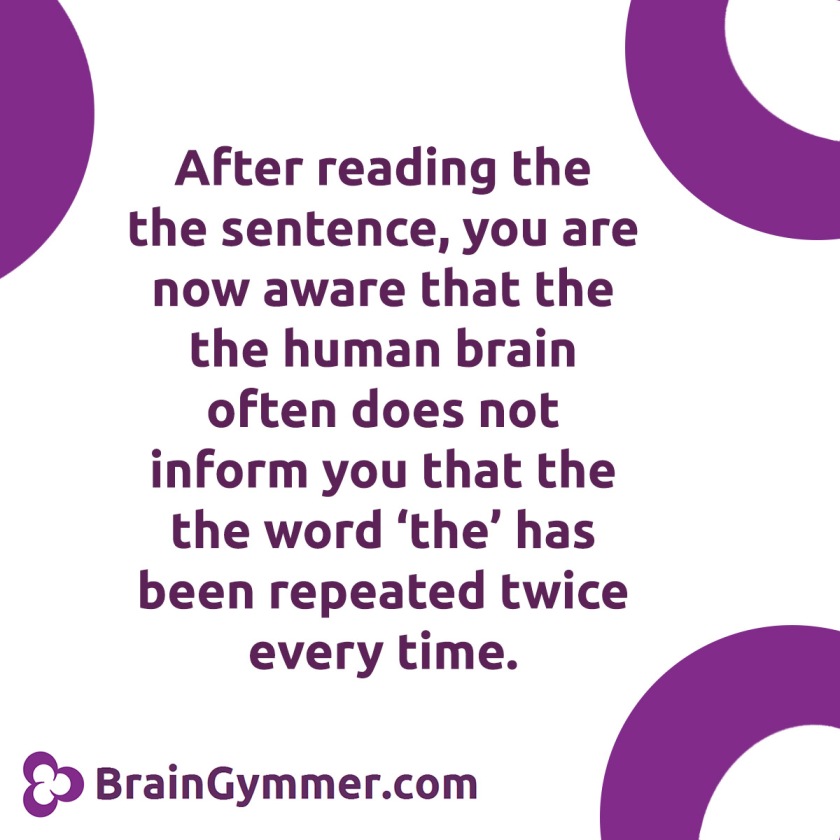I was recently asked a very simple question that surprisingly made me stop and think. The question asked was “how can you convince an SMB client that paid media is right for them.” It’s one of those questions that seems so obvious that putting together a structured answer is almost difficult. I first answered the question with “well, it depends what the client is selling and what their goals are” – which is a true PPC answer to the core. However, it got my wheels turning and I realized that for those not in the business of paid media or marketing that it does seem confusing and maybe overwhelming. All businesses can benefit from paid media. In fact, small businesses oftentimes benefit the most with the right account structure in place. With small business owners, their time and resources are very limited and it can be difficult for them to find time to understand how paid media works and how they can benefit from using it. Today’s blog will be focusing on just that as I highlight three benefits of paid media and how to utilize it to improve your business.
- Exposure
As a marketer, I like to think of the internet in terms of real estate. There are many roads that can lead a searcher to a destination – and much like the real world it is full of competition. Take an e-commerce business for example: for a business that only operates online, not using paid media is the equivalent of having a nice restaurant located in a sketchy ally way. Without any signs leading hungry customers to the restaurant, it will barely be discovered. Sure maybe a few people will stumble across it, but wishful thinking does not generate revenue. You need illuminated signs that will attract those customers and relevant information that will lead them into a seat at your restaurant. In the online realm, paid media is the illuminating sign that leads consumers to your website. No matter the size of your business, there are many different ways to utilize paid media to target your consumer base.

Taking advantage of the the search network, for example, to target people searching for your products is a sure way to increase your reach to an audience with purchase intent. In fact, 87% of people in need first turn to search before anything else and in 2016 70% of consumers who purchased an item in-store first searched for information about the product online. If you are not aligned with your consumers when they turn to search, it is likely that your competition will be. It is crucial that you make it easy for consumers to find the right information to fulfill their needs/wants when searching for a product that you offer. Creating and optimizing search ads is a great way to assure that consumers turning to search see what you have to offer along with your value proposition. Consumers who click on your search ads are 25% more likely to make a purchase when visiting your store and on average spend 10% more. Make it easy for your customers to find you online and in turn they will make it easy for you to see the benefit of paid search.
- Control
While paid media and advertising in general have many benefits, conversions are still king. Whether it be through an immediate call to action approach or a long term approach that eventually leads to a sale, businesses spend money on advertising to turn a profit. With paid media, you can control your budget and gather data to best optimize your ads. In the early stages after you launch your first paid media campaign, it will be unclear which strategy will perform best…so give it time. After running your campaign for several weeks you can then gauge what is performing and what is not and adjust your budget accordingly. No matter the goals of your business, there are ways to customize your campaigns to meet them. Whether that be focusing on Return On Ad Spend (ROAS) to assure you’re meeting your ROI goals or if your intent is to drive customers into your physical store, there is a campaign for you. Unlike traditional advertising, you can easily take the reins behind your campaigns to assure you are hitting your KPIs and growing your business.
- Results
Structuring your paid media account and creating the actual ads to be seen can indeed be a fun challenge for those up to it. However, at the end of the day everyone wants to see results…to taste the fruit of their labor. One of the greatest benefits of paid media is the ability to gather rich data from your campaigns that tells the full story of where you are finding success and where you are having trouble. Using platforms like Google Analytics to track and measure your campaigns, you can gain insights to crucial aspects of your consumer’s journey. You can track everything from where your consumer entered the sales funnel to where they exited. You can track how they navigated through your website after clicking your ad and see on a micro level what pain points your website may have that is preventing you from converting sales. Such information can assist you in making changes to your search campaigns to assure every dollar of ad spend is optimal towards your goals.
Paid media has tons of benefits and can really help give your business a platform to succeed – especially If you are an entrepreneur or SMB owner. I will be covering more on this topic and deep diving into each aspect of paid media and how you can utilize it in posts to come. Make sure you don’t miss a post by clicking that follow button located below and stay tuned for more matter.
















